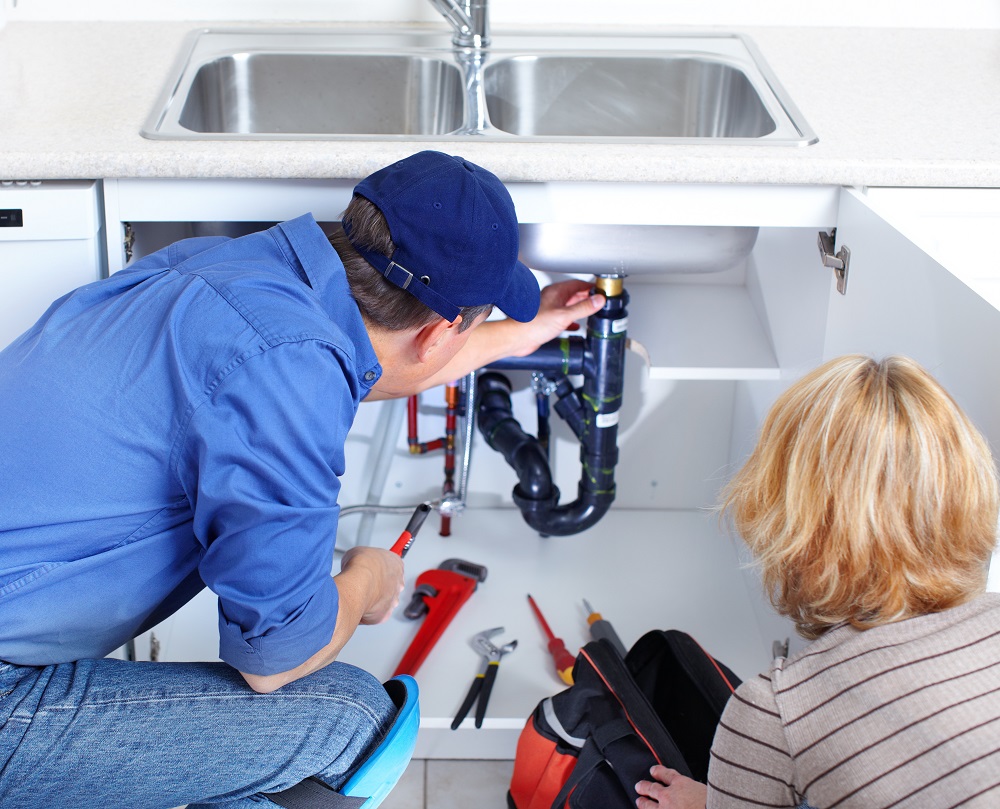How To Prevent Frozen Pipes

An ounce of prevention is worth a pound of cure. This statement doesn’t ring any more true when it comes to maintaining your pipes in the cold winter months.
A frozen pipe can quickly lead to a burst pipe, which can result in thousands of dollars of property damage, gallons of water loss, and an insurance headache for you. Most insurance policies will cover the damage caused by the water, but may or may not cover the cost of repairing the pipe itself.
Thus, prevention is paramount. We’re going to discuss a few ways that you can avoid costly pipe mishaps.
Identify Pipes Already At Risk
Identifying the pipes in your home that are the most at risk for freezing is your first step. Here are the most common culprits:
- Pipes that are located in poorly heated areas such as the basement, crawlspace, and garages.
- Pipes that are poorly insulated (ex. outside walls)
- Pipes that are outside (sprinkler lines, hose bibs, swimming pool lines)
This should give you a good idea of the pipes in your home that are more likely to freeze
Prevention Methods
Check your insulation – As the cold develops, your first order of business should be to identify your home’s at-risk pipes and set to insulating them or increasing the heat in the area.
Insulation should be reinforced anywhere that it is lacking, even in areas where the heat might be on consistently. Insulation can last for decades though weather, rodents, and age can degrade it over time. Be sure to check your insulation regularly.
Drain unnecessary water lines – You’ll typically not find yourself in your swimming pool or watering your plants during a Canadian January. Be sure to disable the water supply to these lines to avoid unnecessary risks.
Run water when necessary – A practical way to avoid frozen pipes for faucets that are fed from an exterior pipe is to run your cold water at a drip. This will help prevent that pipe from freezing.
Keep your heat consistent – In the winter, keep your heat at a consistent level, whether you have baseboard heating or a wood stove. It should be no lower than 12 degrees Celsius or 55 degrees Fahrenheit – and this is merely a baseline. If you live in a notoriously cold area, use your best judgment and adjust higher if need be.
The same goes for travelling. If you will be away for an extended period, ensure you keep heating at baseline, turn off your unnecessary water supply, and enlist a neighbour or family member to check on your property frequently.
If Your Pipes Freeze
Telltale signs of a frozen pipe are:
- A trickle when you turn on your faucet
- Frost on the pipe
- An odour
Apply heat with a hairdryer, space heater, heating pad, or towels soaked in hot water. Do not use extreme heat sources like a blowtorch or any open flame.
Get in touch with a plumber as soon as you can if multiple pipes are frozen or if you are having difficulty bringing the frozen pipes back to a normal temperature.
If Your Pipes Burst
Don’t panic. It is an emergency, but a cool head will always prevail.
The Victoria-based professionals at Wade Roberts Plumbing always recommend a professional’s assistance, no matter how handy you are.
Conclusion
If you ever find yourself in an emergency, the Toronto based plumbing experts at Santos Water Service & Drain are available 24/7.
Prevention of frozen pipes is simple, important, and can save you thousands of dollars in damage and loss. Follow these easy tips and you should have clear sailing through those frigid winter months.
-
-
-
-
/ 0 Comments